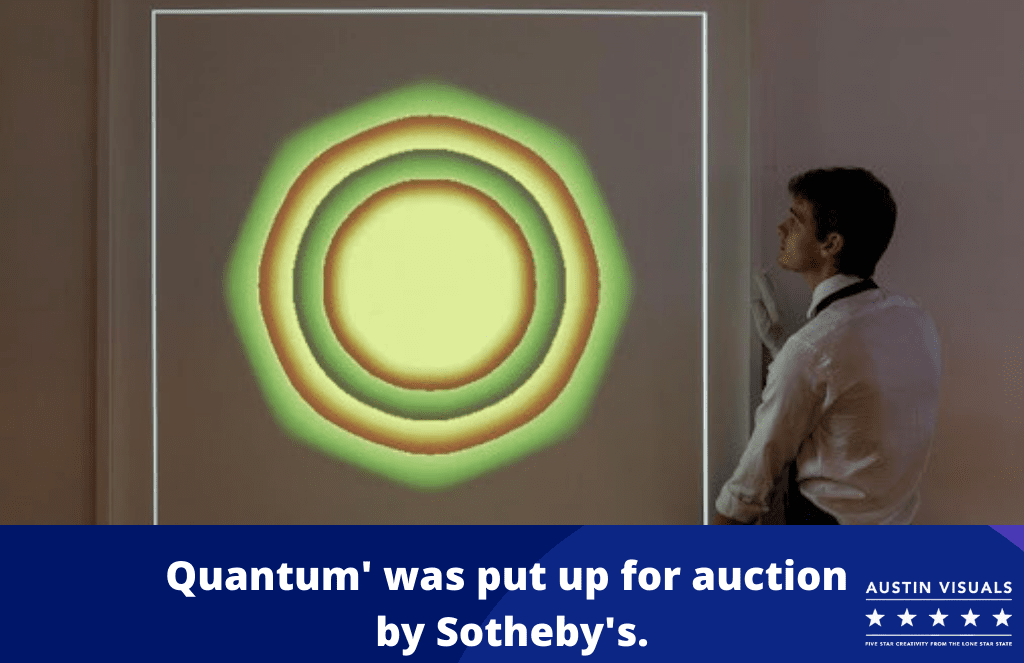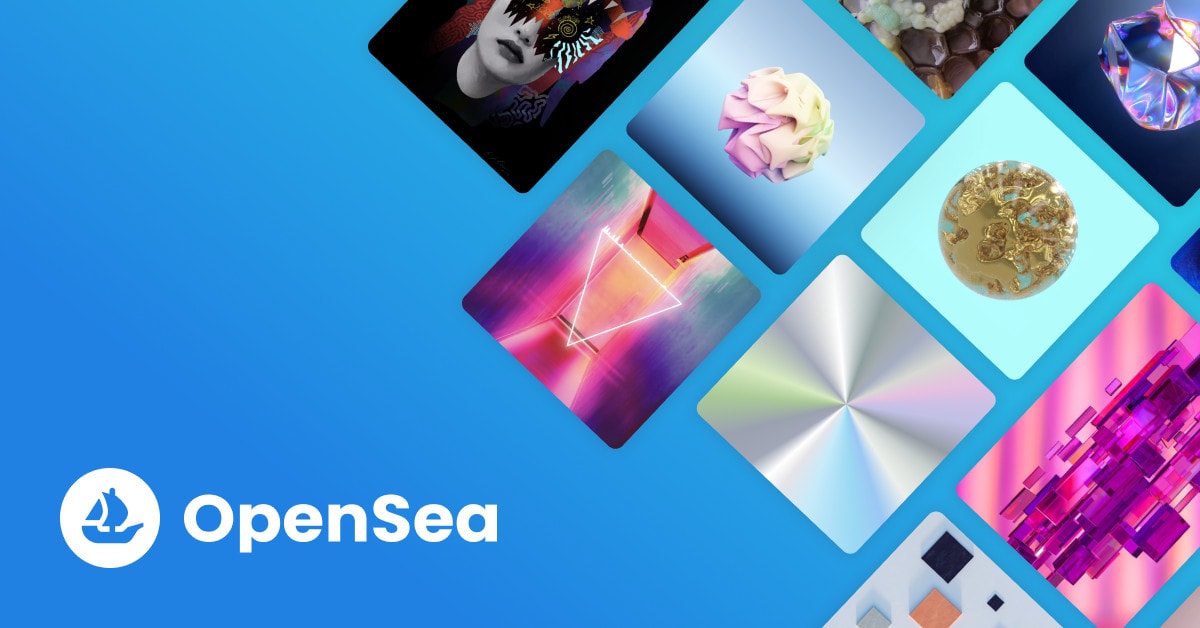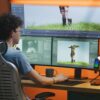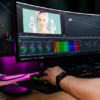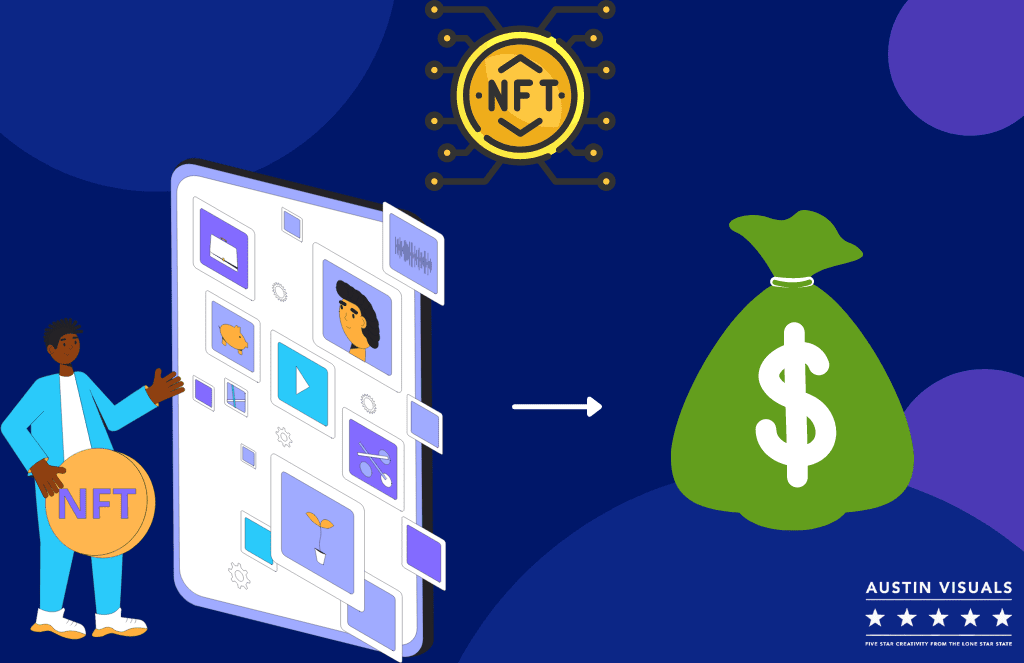
NFT (non-fungible token – or translated as “legally irreplaceable proof”) is a type of proof of ownership of a digital asset (picture, video) , digital audio…).
What is NFT?
Non-fungible token” is a digital crypto-economy that represents physical or digital products and services. This property can be exchanged for an identical or similar asset.A 10 dollar bill may be replaced by an identical note or 2 5 dollar bills. Non-fungible means something that cannot be replaced or broken down into parts – because it is a uniquely proven property.
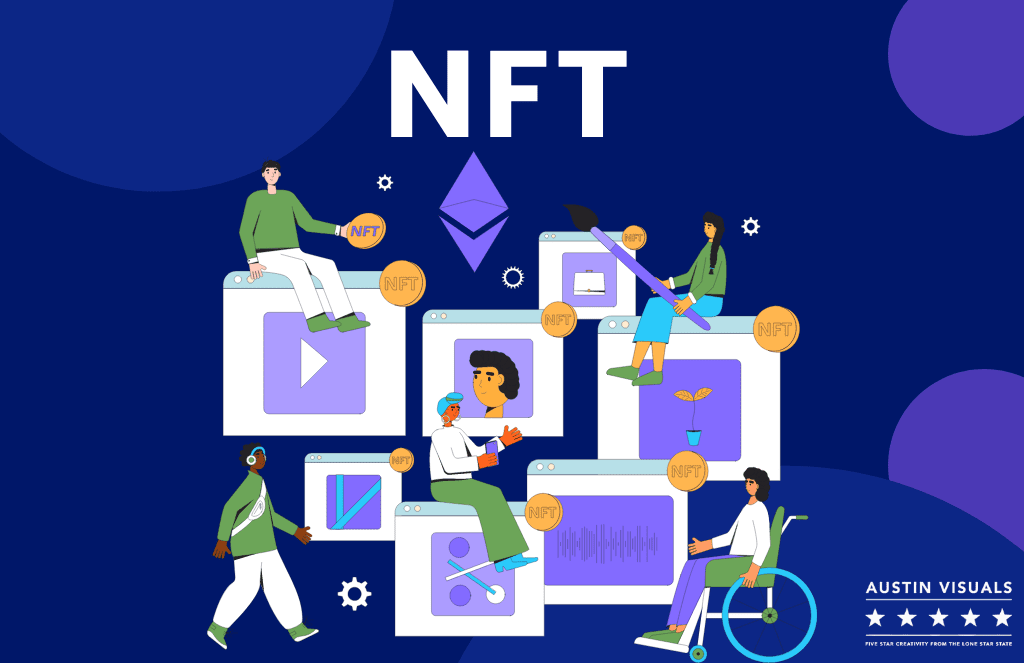
In a nutshell, blockchain is a system that allows tracking transactions sent and received information on the Internet. It functions as a ledger that stores information in the form of data blocks that are assembled into a chain. The only digital assets that have been stored on the blockchain are immutable, forever unique and that’s why they can be so expensive.
How does NFT work?
NFT is a form of digital signature stored on the blockchain, the same technology that cryptocurrencies (cryptocurrency) work. Digital proofs (tokens) that represent affiliated assets such as digital artwork serve as a unique and original authentication of the asset. It can be a still image, animation, music or any other type of digital file.
NFTs were born as a method of registering ownership of a special asset, including artwork, game items, etc. This digital asset becomes an NFT when it is marked on the blockchain, whereby it becomes an NFT. assigned a special encrypted hash. The asset is then considered to have been tokenized (digitally authenticated). As a result, anyone can verify the trustworthiness of the asset and ownership of it, making it impossible to counterfeit.

When you buy an NFT, you’re buying back a promissory note of ownership of an asset. NFTs are commonly used in the collectibles industry.
A special example is NBA Top Shot, a platform that allows the exchange of images, in-game videos and highlights of NBA games. By purchasing these data files, the buyer becomes the owner of these impressive ‘moments’.
It sounds crazy, but owning game moments, or original meme animations, has great emotional value to collectors, and it is this value and the feeling of ‘being the only one’. most’ owning a rare item is key.
When was NFT invented?
NFTs have been around since 2012 with other Bitcoin-based cryptocurrencies, but they only started to gain traction in 2017 with the arrival of CryptoPunk by game studio Larva Labs. This is a collectible game with 10,000 algorithmically generated avatars. These avatars feature human, alien, chimpanzee, and zombie shapes. Each shape is special and unlike any other. Thanks to NFT technology, CryptoPunk number 7804 was sold for $7.5 million.

What is the first NFT?
The first NFT in history to be created was called “Quantum”, which was a piece that sold for 1 million 472 thousand USD by auction house Sotheby’s in June this year.
“Quantum”, work by artist Kevin McCoy, is an octagonal animation created in May 2014. It is the first work to be assigned NFT ownership, a term that has only recently been mentioned. since 2017.
Generating an NFT is a fairly simple task that requires no advanced understanding of cryptocurrency or blockchain economics. NFT can be created for an image file or any other file type, or used to create collectibles such as playing cards…
Before you start, you need to choose which blockchain network you want to use to issue NFTs. Etherum is the network used by the majority of artists when creating NFTs. However, more and more blockchains are becoming popular that are also capable of generating NFTs such as: Binance Smart Chain, Flow by Dapper Labs, Tron, EOS, Polkadot, Tezos, Cosmos, WAX…
Each of these blockchains has its own standard NFT token, wallet, and exchanges. For example, if you generate NFTs on Binance Smart Chain, you can only exchange them on NFT marketplaces that support the Binance Smart Chain (BSC) asset network and BNB coins. That means you won’t be able to sell them on marketplaces like VIV3 – a trading platform for the Flow network by Dapper Labs, or OpenSea, which is for the Etherum and Polygon networks.
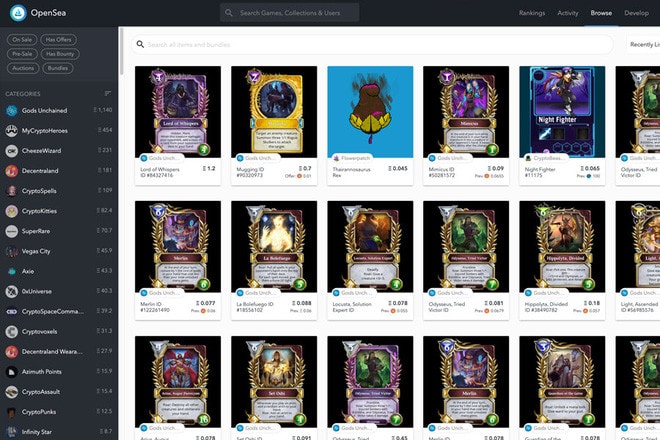
The OpenSea NFT Marketplace allows you to connect a wallet and upload the image or file you want to turn into NFT.
Since Etherum is the leading network in the NFT economy, a few things you will need if you intend to use the Ethereum network are:
– Digital wallets that support ERC-721 (NFT Etherum token standard) such as MetaMask, Trust Wallet or Coinbase Wallet. About $50-$100 in ETH, the coin of the Ethereum network. You can buy ETH at cryptocurrency exchanges.
– After owning a bit of ETH to trade, there are a number of NFT marketplaces that allow you to connect your wallet and upload the image or file you want to turn into NFT.
– The main NFT marketplaces on the Ethereum network include: OpenSea, Rarible, Mintable.
On OpenSea and other marketplaces, you can attach special feature information to your NFT to increase the rarity and uniqueness of your NFT. Artists can attach special content that can only be viewed by the owner. This attachment can be anything, for example passwords to access services or coupon codes, contact information.
While creating NFTs on OpenSea is almost free, some other platforms do. This fee can be just a small amount of ETH as a transaction fee on the blockchain network, in this case the transaction is to create a new NFT.
This fee varies based on the health of the network. The more people transact, the higher the fees and vice versa.
To sell NFT on the marketplace, you need to access your collection and set the selling price for NFT. You can sell by auction or fixed price.
Some other NFT marketplaces allow you to set the percentage of commission you get each time an NFT is sold. Smart contracts allow artists to earn a commission every time a work is resold, creating the potential for passive income for artists and authors.
One note is that to post NFT on the marketplace sometimes there will be a fee.

Ether and ERC-20 tokens are popular cryptocurrencies for NFT trading, however, some platforms only support the use of internal network tokens. For example, VIV3 only accepts FLOW tokens of the Flow blockchain network.
Before you pay for NFT, there are 4 questions you need to think carefully:
Buy NFT from which market? Which wallet to use to connect to the NFT marketplace platform? Which cryptocurrency to use to load the wallet and use? How will the NFT you want to buy be sold? Auction? Limited sale?…
As you may already know, some NFTs are only available on certain platforms. For example, if you are going to buy NBA Top Shot, you need to open an NBA Top Shot account, create a Dapper wallet and deposit in the form of USDC tokens or other suitable tokens. You also need to wait for the product to be announced and buy it quickly before it runs out of stock
Limited sale is a method to increase the rarity of NFT by creating a customer group with strong buying demand. The sale often requires buyers to register an account and deposit money first to avoid missing the opportunity to buy NFT. These sales only last a few seconds, so you need to be prepared.
Some popular NFT marketplaces include:
– OpenSea
– Rarible
– SuperRare
– Nifty Gateway
– Foundation
– Axie Marketplace
– NFT ShowRoom
– VIV3
– BakerySwap
Company providing services to make NFT
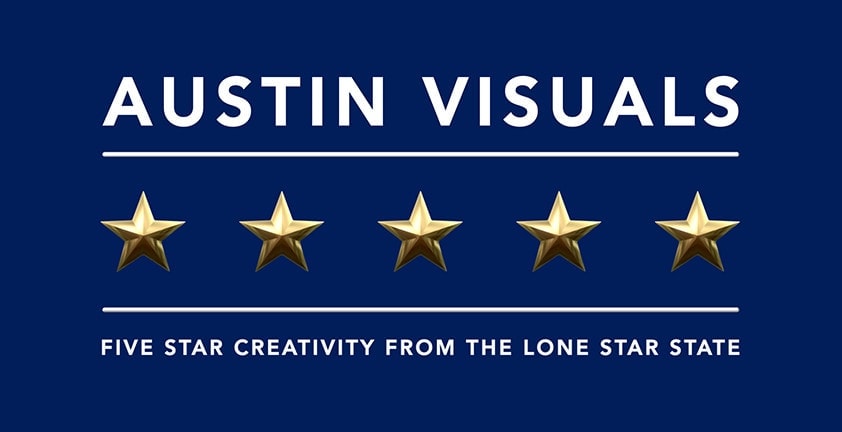
Austin Visuals provides a service helping businesses and individuals create their own NFTs, we offer onboarding, consulting, and will help guide you through your NFT creation process. If this is something you’re interested in email us [email protected]. But hey let’s continue with a bit of NFT education below.

